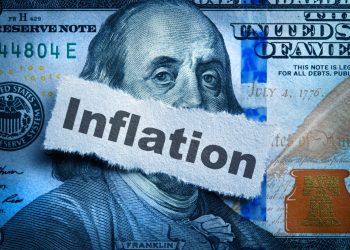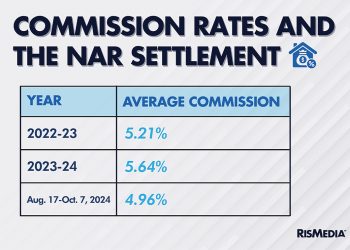“Institutional investors are the main culprit behind rising rents and home prices, shutting would-be homebuyers out of the market.” This is a common refrain, and while the share of investors in the housing market has increased in recent years, their impact may not be as significant as some claim. Directing so much attention to them diverts focus away from the most important driver of housing unaffordability, which is a long-term, structural deficit in the housing supply.
Recent history of investors in the housing market
During the aftermath of the financial crisis and Great Recession of 2008, institutional investors were drawn into the housing market by a flood of foreclosures and a surplus of banks eager to offload these properties as home prices plummeted. As credit tightened, there were fewer buyers in the market, and the federal government empowered the government-sponsored enterprises (GSEs) to facilitate sales of foreclosed homes to institutional investors, encouraging homes to be made available as rental properties.
During the COVID-19 pandemic, as housing demand surged and home values escalated, investor activity has been strong.
As home prices ran up at double-digit rates over the past few years, many buyers, particularly first-timers, were increasingly shut out. Large, institutional investors, or “Wall Street investors,” were often cited as the primary cause of low inventory and rising affordability challenges.
Investors’ small role in the overall housing market
There is data suggesting that large, institutional investors account for too small a marketshare to have a major impact on the housing market; however, sizing up the institutional investor share of the market is tricky. Part of the disconnect is what people mean when they talk about “institutional investors.”
According to a report released by the National Association of REALTORS® (NAR), institutional investors accounted for 13.2% of all home sales nationally in 2021. However, other data released by CoreLogic indicates that large institutional investors only bought 3% of all single-family homes in 2021. So, which is it? Thirteen percent or 3%?
It all depends on the definition of “institutional investor.” NAR counts any buyer that is a company, corporation or LLC as an “institutional investor.” This definition includes large investors as well as small investors, mom-and-pop operations and even individuals purchasing second homes using an LLC. By contrast, the smaller CoreLogic share reflects the large portfolio investors that people typically think of when they hear “Wall Street” investor.
Investors are responding to unaffordability, not driving it
Investors are looking for a return, and in recent years, housing has been a boon. Large investors are better able to compete for homes than traditional homebuyers. But it is a lack of inventory that has been the biggest constraint on the market.
The primary way to make housing more affordable is to increase the overall supply of housing. More supply will put less upward pressure on home prices, making homebuying easier for families. Increasing supply also makes short-term investments in housing less profitable, taking some investors out of the game.
For more information, visit https://www.brightmls.com.











